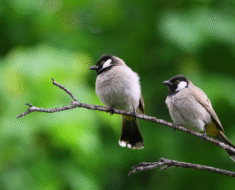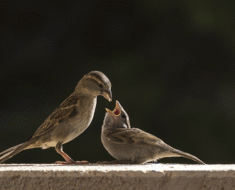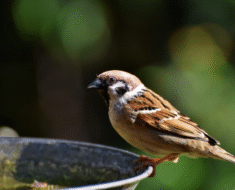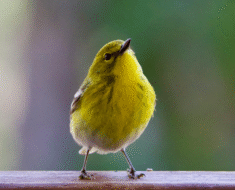
You don’t have to be a seasoned birder to find joy in feeding sparrows. These small, lively birds are some of the most common backyard visitors in many neighborhoods. But just tossing out any seed mix isn’t enough. Feeding sparrows the right way means understanding their preferences—and what could actually harm them. For those interested in helping Pennsylvania sparrows thrive, the way we feed them can make a real difference.
Why Feeding Matters for Sparrows
In urban and suburban areas, natural food sources for sparrows are becoming scarce. Overdevelopment, pesticides, and habitat loss have all contributed to a decline in what sparrows once found in the wild. By offering nutritious seeds and safe feeding environments, you’re filling a critical gap in their ecosystem. Think of it less like feeding a pet and more like supporting wildlife on their terms.
What Seeds Do Sparrows Love?
Sparrows aren’t too picky—but they do have favorites. If your goal is to attract sparrows consistently, here’s what they’ll almost always go for:
-
White Millet: This is their top favorite. Millet is tiny, easy to crack, and packed with energy—ideal for small birds.
-
Cracked Corn: Affordable and easy to find, cracked corn offers solid nutrition but should be served in moderation.
-
Black Oil Sunflower Seeds (hulled): A little richer, these seeds attract a variety of birds. Sparrows love them, especially in colder months.
-
Nyjer (Thistle) Seeds: Less common for sparrows, but sometimes accepted, especially in mixed flocks or when food is scarce.
The key here is offering these in a clean feeder that allows sparrows to perch easily. Ground feeding trays work especially well for them.
What to Avoid Feeding Sparrows
Some foods, though popular in generic birdseed mixes or home kitchens, can actually be harmful to sparrows—or simply not helpful.
-
Bread or crackers: These offer empty calories. It’s the junk food of bird diets. Filling but not nourishing.
-
Seed mixes high in filler (like red milo): Sparrows usually push these aside. They can even attract pests instead.
-
Salted or flavored seeds/nuts: Salt is toxic to birds. Always go unsalted and plain.
-
Spoiled or moldy food: Never serve old food. Mold can lead to fatal infections in birds.
You might notice birds ignoring certain seeds completely—that’s nature’s way of saying “no thanks.”
Feeding Best Practices: Timing, Location, and Cleanliness
Sparrows are early risers. If you want to catch them during their prime feeding hours, put food out just after sunrise. They’ll often visit again before dusk.
As for feeder placement:
-
Choose spots with partial cover (like a shrub or low-hanging branch nearby). Sparrows appreciate having a quick escape route from predators.
-
Keep feeders away from overly trafficked areas, pets, or windows.
Cleanliness matters more than you might think. Feeders should be washed every week to prevent bacteria and mold buildup. Old seed on the ground should be removed daily. It’s easy to forget, but dirty feeders are one of the leading causes of disease among backyard birds.
How to Make Your Yard Sparrow-Friendly Beyond Feeding
If you’re feeding sparrows, you’re already making an impact. But to go a little further:
-
Add native plants that produce seeds naturally throughout the year.
-
Let patches of your garden “go wild”—a few weeds and grasses are actually helpful.
-
Avoid pesticides and chemical fertilizers. Even trace amounts can harm bird populations.
Even a small backyard can become a mini-habitat. Sparrows will return often if they feel safe and fed.
A Note on Seasonal Shifts
Feeding needs can shift slightly throughout the year. In winter, pennsylvania sparrows burn more energy and need richer seeds. In spring and summer, they may rely more on insects and natural foraging, especially when feeding young. You don’t need to feed them year-round, but maintaining consistency through winter can be especially helpful when food is most scarce.
Conclusion
Feeding sparrows isn’t just about tossing out birdseed—it’s about choosing the right seed, avoiding harmful options, and creating a space that supports their health and safety. As more natural spaces vanish, our backyards are becoming vital for birds like the pennsylvania sparrows. A handful of thoughtfully chosen seeds can go a long way.





